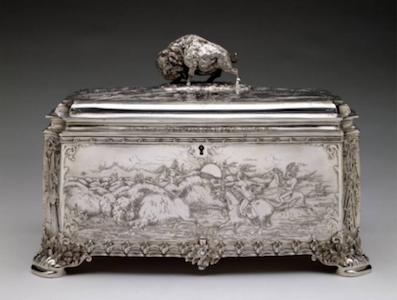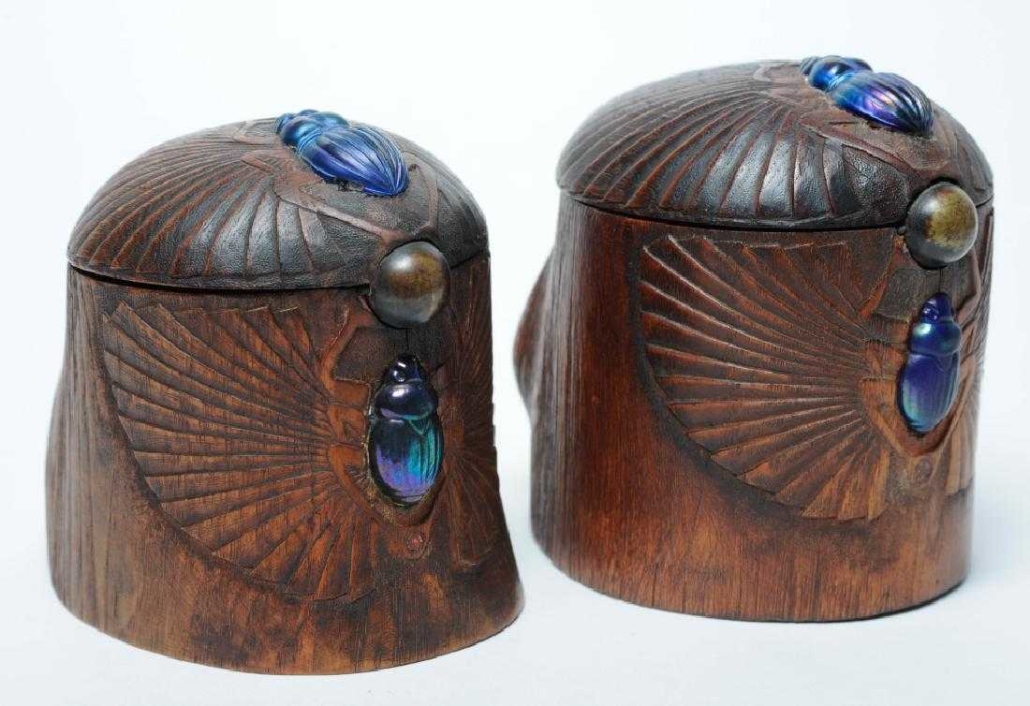
NEW YORK — Exotic woods, gorgeous finishes and striking forms are all hallmarks of beautifully crafted humidors. Maintaining a set level of humidity is crucial to storing cigars properly, so humidors traditionally have been made to keep cigars at around 75% humidity in wood-lined containers that are easily displayed on a desk or mantel. From quirky jars to elegant wood or metal boxes, humidors come in all shapes and sizes.
“Primarily, I like to source humidors that are beautifully finished and have novel details. There are so many wonderful quality exotic timbers such as rosewood, calamander, ebony and satinwood, as well as domestic woods such as burr walnut, that are used to decorate and enhance the quality of the humidor. Also, many are solid silver with polished or engine-turned decoration, as well as leather, crocodile skin and marble,” said Nicholas Wells, owner of Nicholas Wells Antiques in London. “The most important wood however, is the interior, which must be kiln-dried Spanish cedar. This particular wood has absorbent and insect-repellent qualities and protects cigars from decay.”
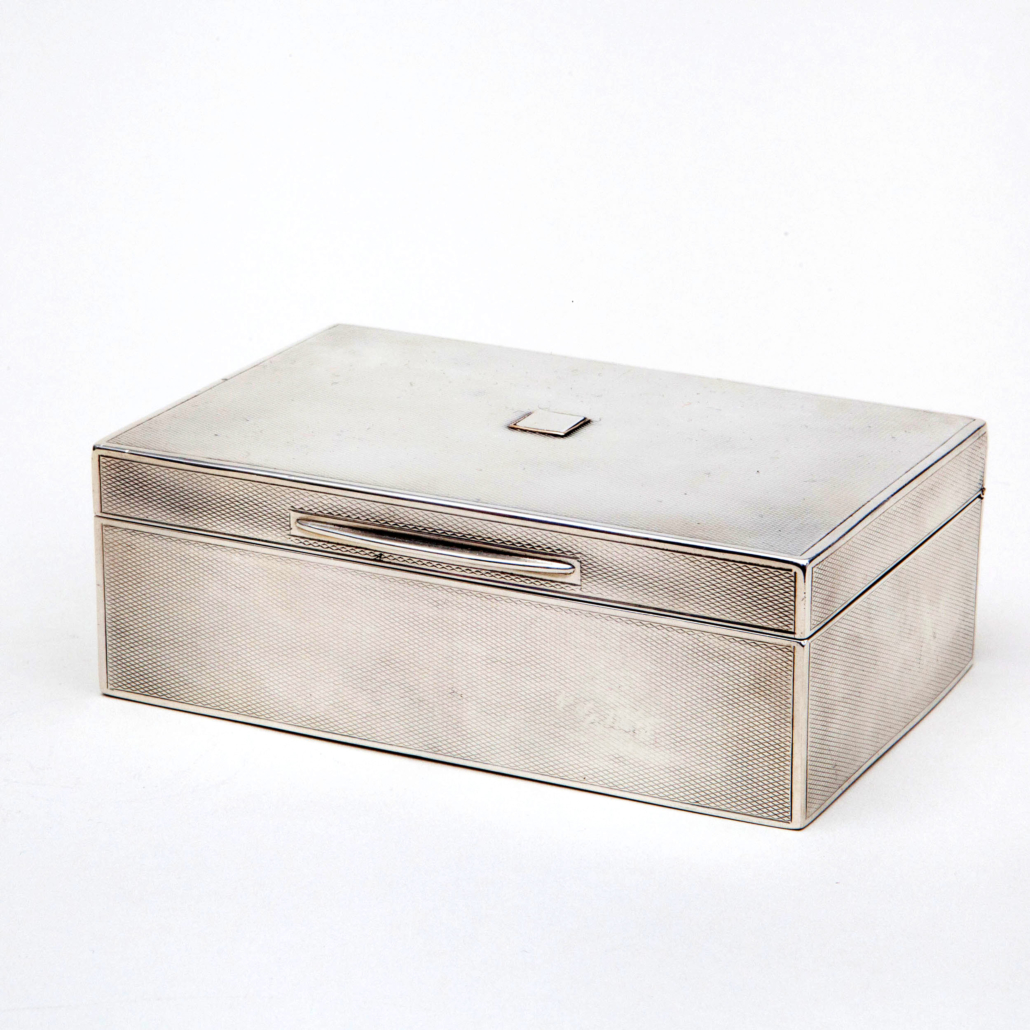
Among the makers of humidors that collectors gravitate when seeking an antique humidor are luxury brands like Dunhill, Asprey, Tiffany, Bugatti, and Louis Vuitton. “All of these brands made wonderful quality humidors throughout the twentieth century. These brands were supported by royalty and the elite — they will always be in demand,” Wells said.
The Dallas Museum of Art has an especially fine example in its collection, a sterling silver presentation humidor designed by Robert Francis Hunter and made by Tiffany and Company in 1889. Its lid is topped with a cast buffalo and is elegantly acid-etched on the exterior side panels with scenes of American sports chosen for their appeal to the intended owner of the piece, including lacrosse, sledding, baseball, duck hunting, and trotting-horse racing, among other pursuits.
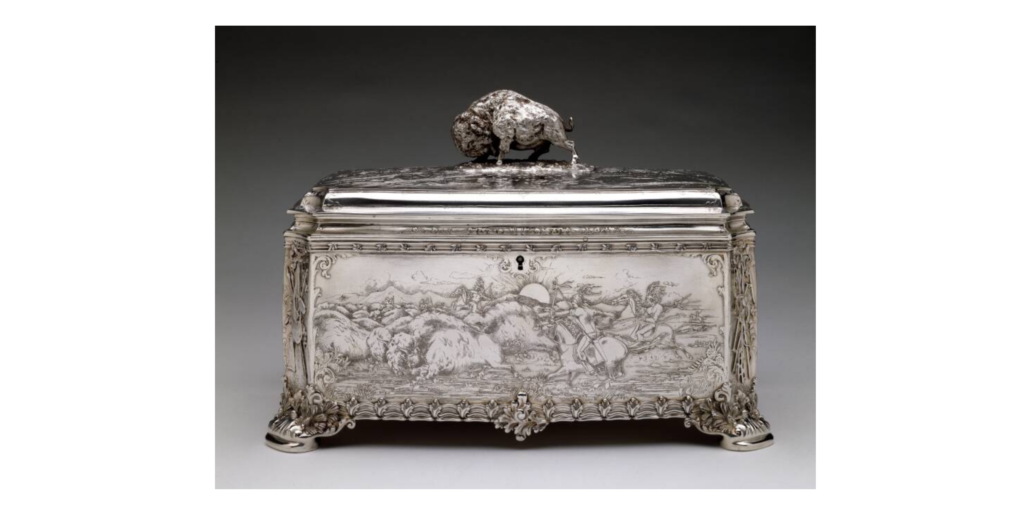
“By the 1880s, Tiffany’s expertise in creating presentation objects was legendary. The firm had produced acclaimed pieces for many of the world’s most famous individuals,” according to commentary on the Dallas museum’s website. “Both the presenter and the recipient of this humidor were well known in the 19th century. August Belmont (1853-1924), who commissioned the piece, was a German immigrant who made his fortune in New York City representing the financial interests of Europe’s Rothschild family. Lionel Walter Rothschild (1868-1937), who received the box upon the occasion of his graduation from Cambridge in 1889, was the young heir of one of England’s greatest fortunes.”
Belmont clearly knew Rothschild well and commissioned the designer to etch images on the humidor relating to sports and nature. The piece cost Tiffany around $500 to make, according to the museum, and Belmont likely paid just over double that, a princely sum in that year.
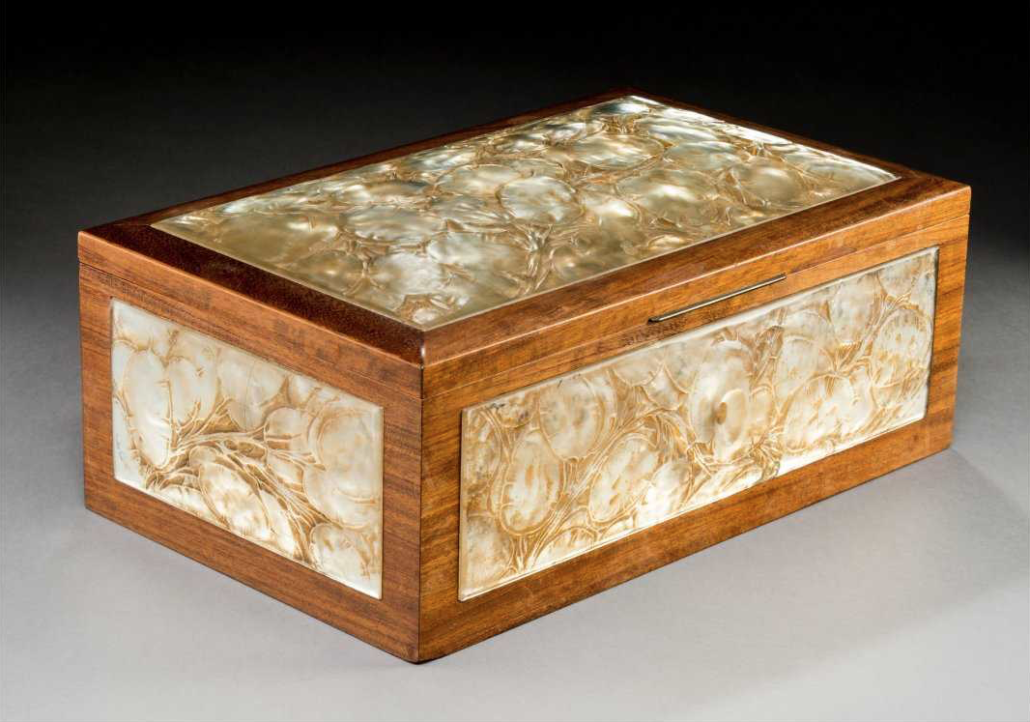
Among the most critical factors in determining a piece’s appeal and value to collectors, Wells said, are the quality and condition of the humidor with attractive details boosting its appeal as well as who it was owned by. Provenance is a key factor here. as with most antiques.
A choice burr yew cigar humidor made by Asprey in the first half of the 20th century sold in December 2014 at Sotheby’s London for more than $25,000, he noted. The humidor is certainly beautiful, but its possible provenance to Winston Churchill and his daughter, Mary Soames, who were both avid cigar smokers, almost surely has impacted its value positively.
The market for the best humidors remains strong, as cigar smoking and related paraphernalia are seeing a huge resurgence with enthusiasts sharing and creating content online. Humidors are an essential part of the niche market and are highly coveted by enthusiasts.
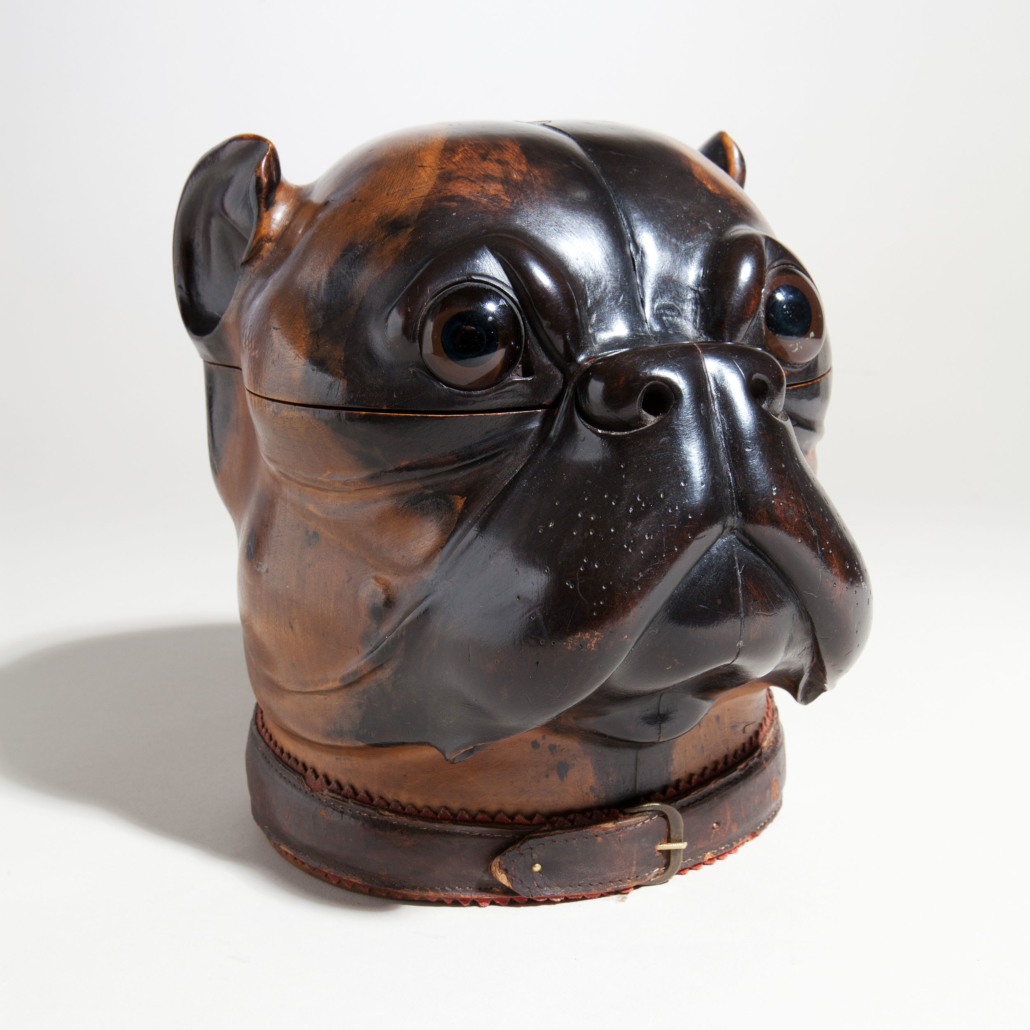
New collectors should seek examples in the best condition, with a high degree of decorative appeal. “Novelty details such as a handle made of unusual materials, the quality of the wood or metal, makers’ marks and any provenance all add to the story and the fun of owning cigar humidors,” Wells said. “I find that every collector has their own agenda. People collect across the board. My job is to find great pieces that I like. I always buy with my heart and am confident that a client will appreciate a piece for the same reason I did.”
“I do find that novelty items such as a silver steam train with a hinged engine cover capture the imagination and are instantly fun. Otherwise, just good quality wins, and contrasting materials and quirkiness of design will always find a buyer.”
# # #


